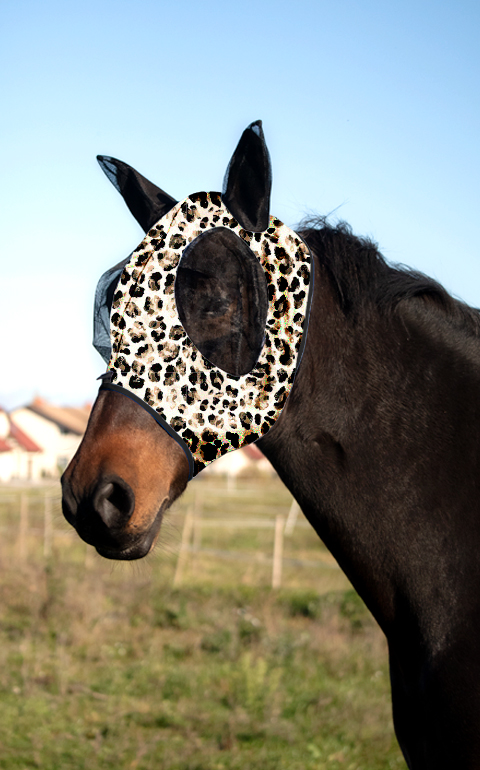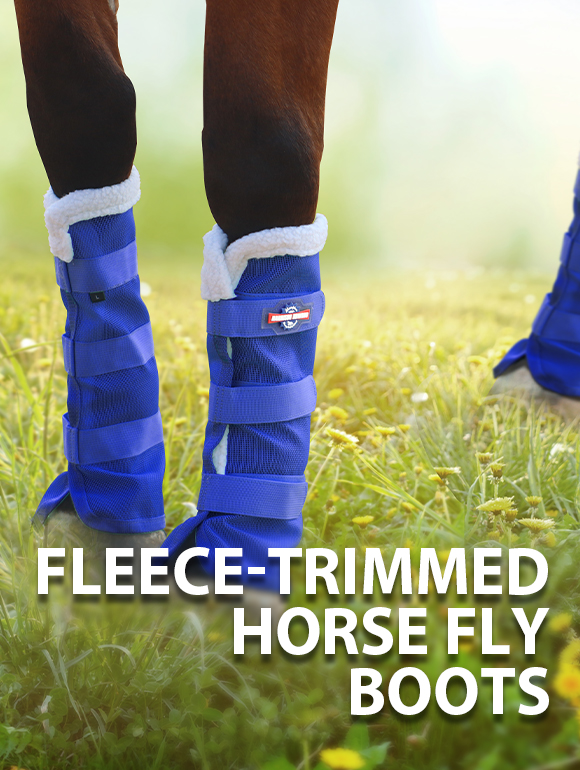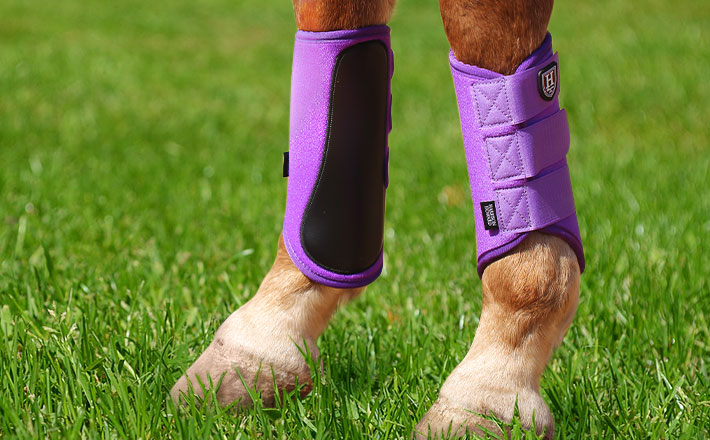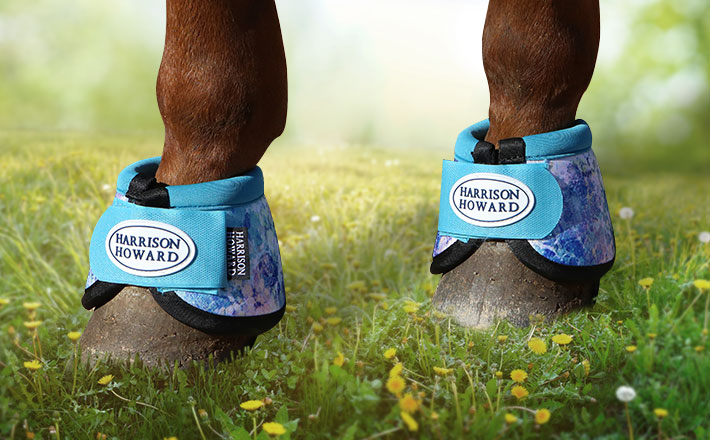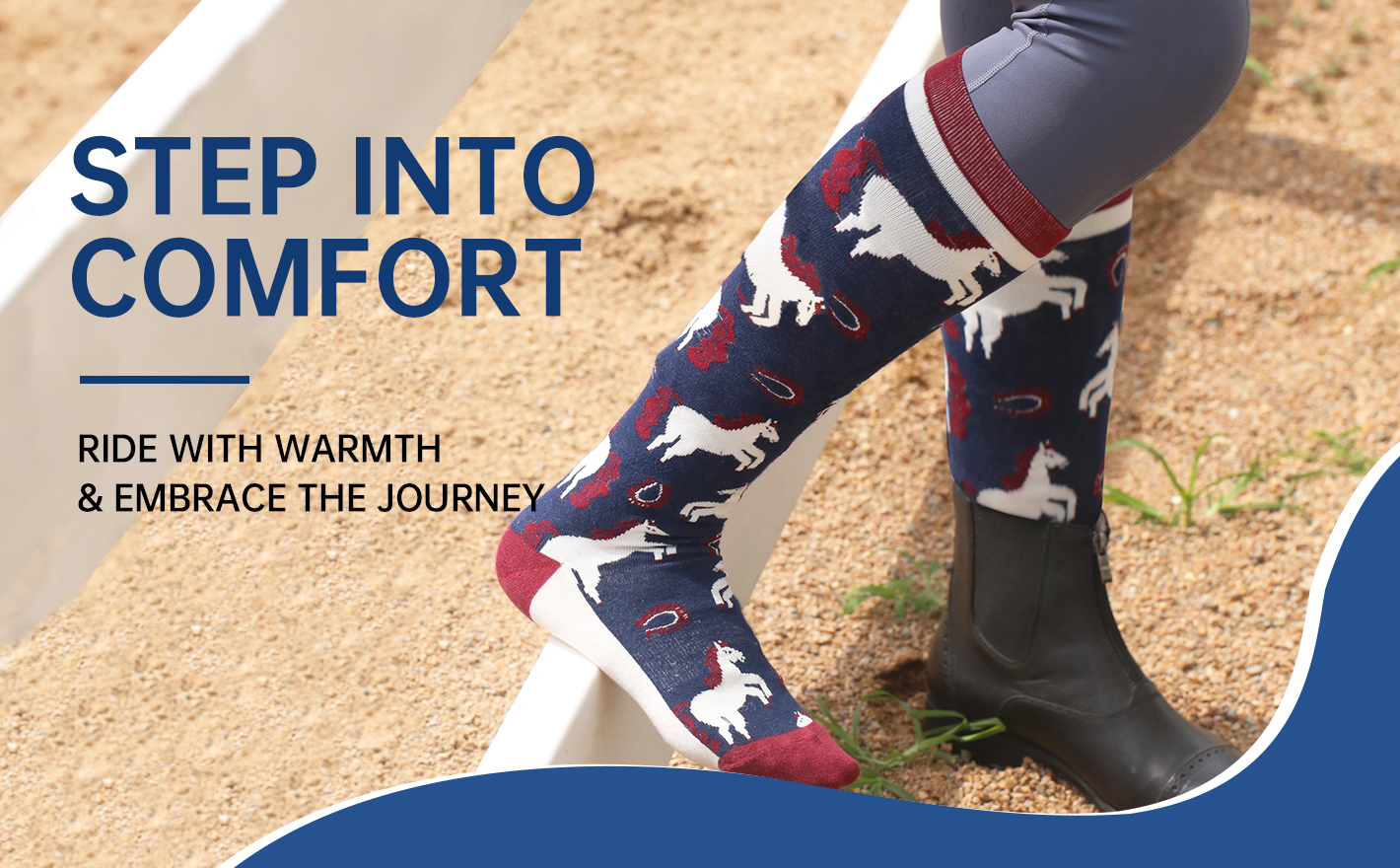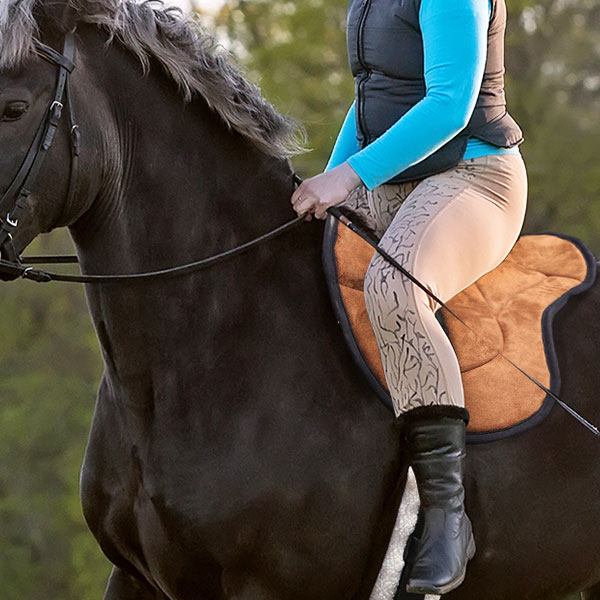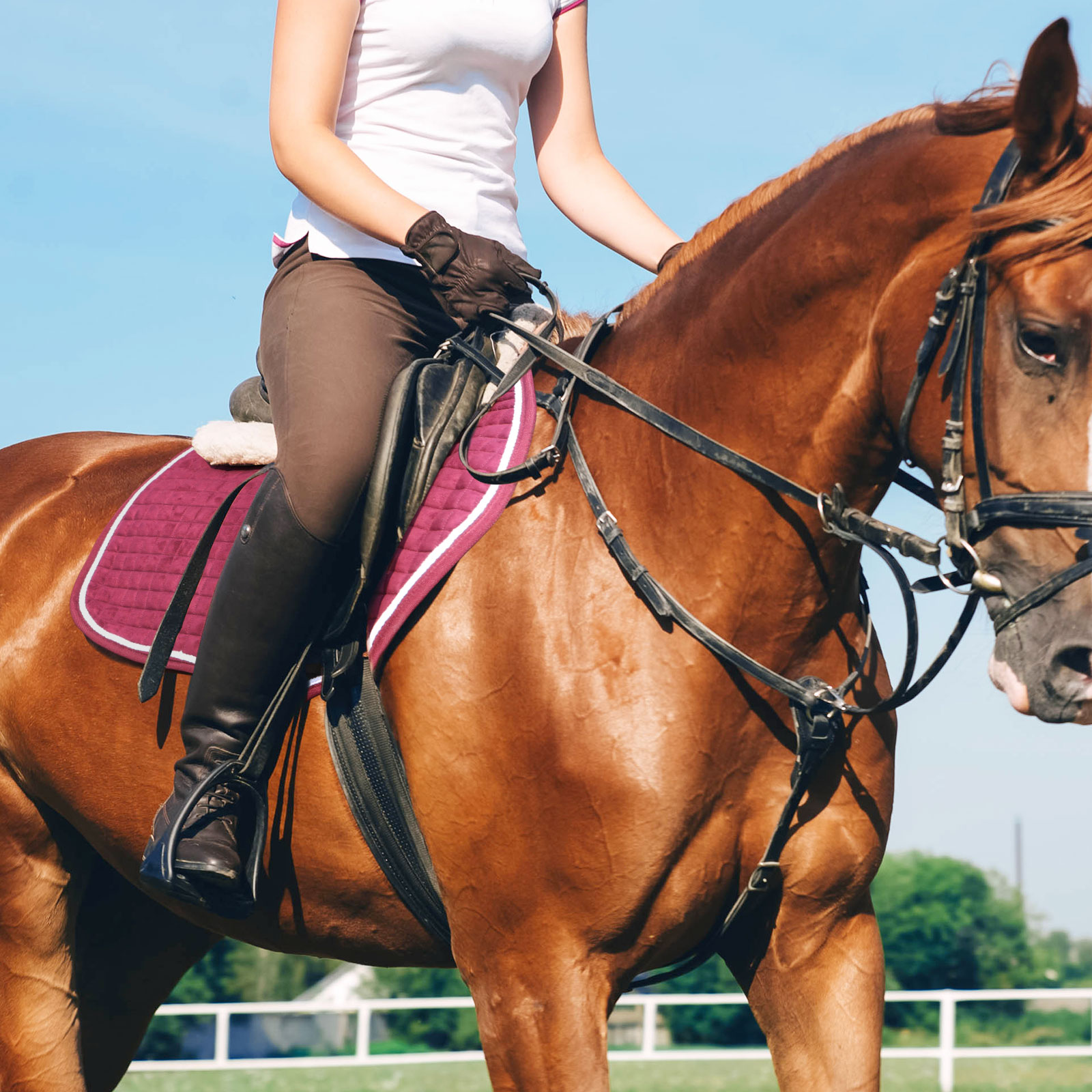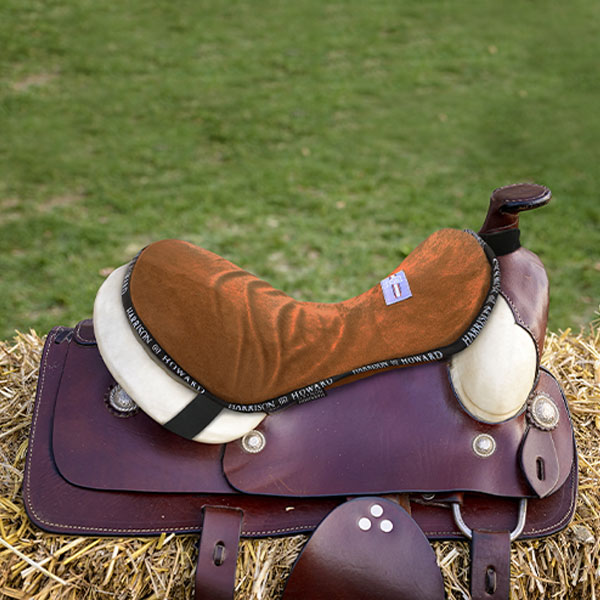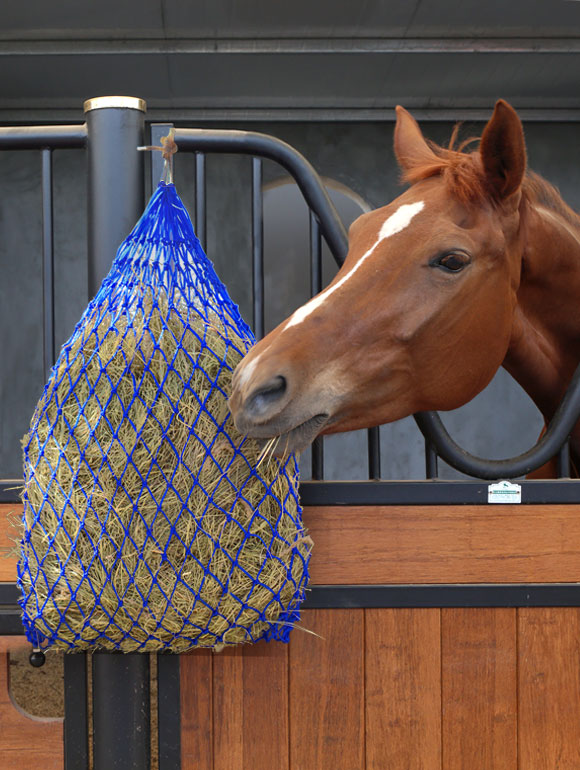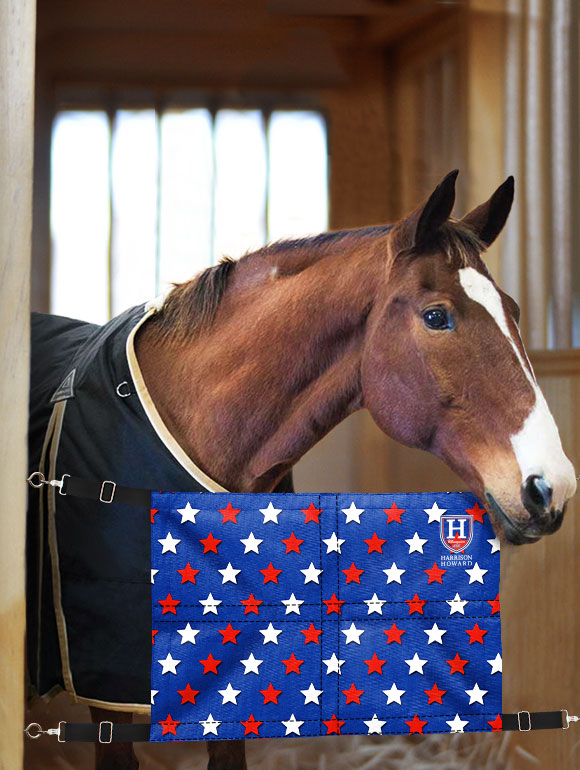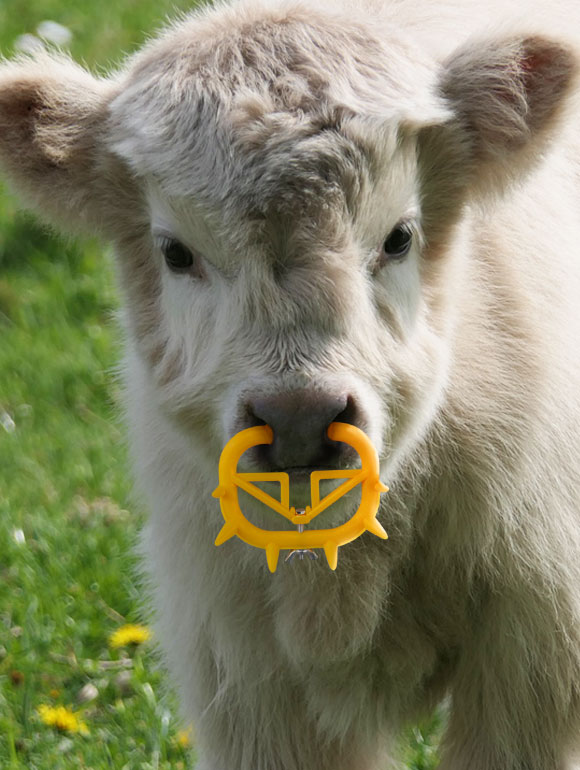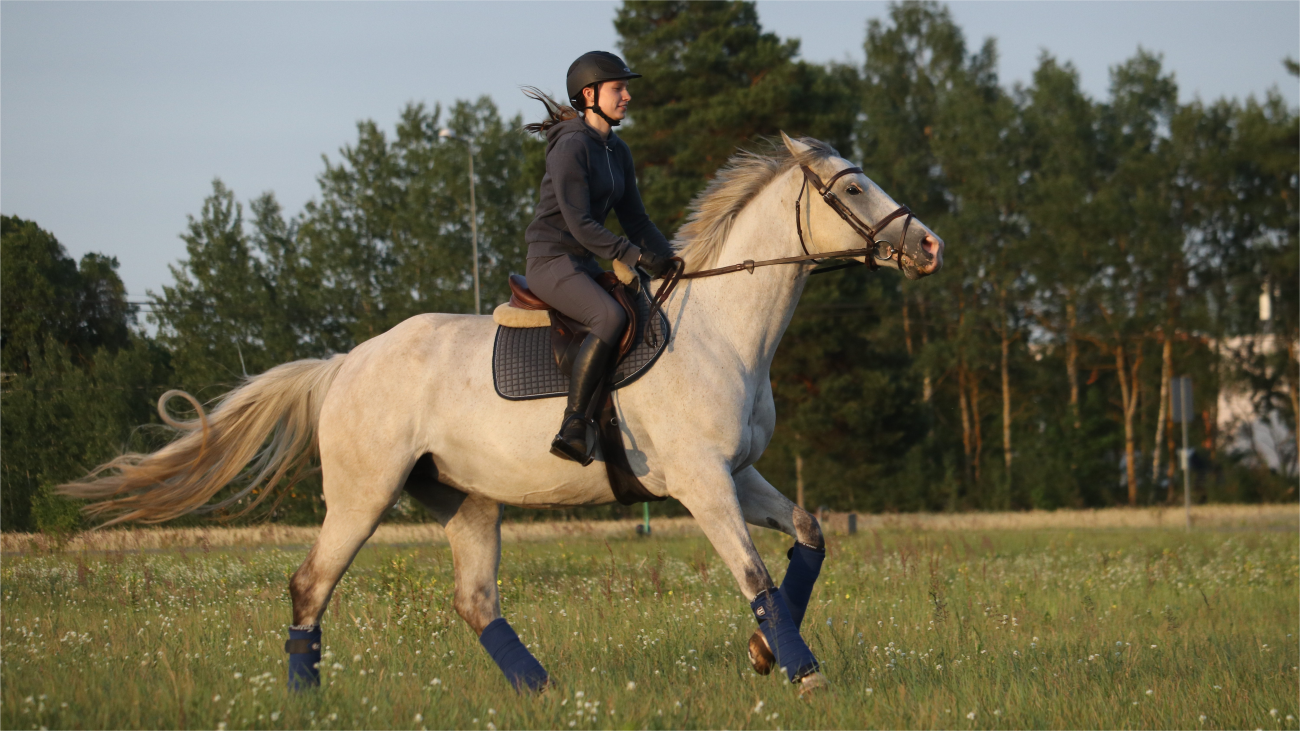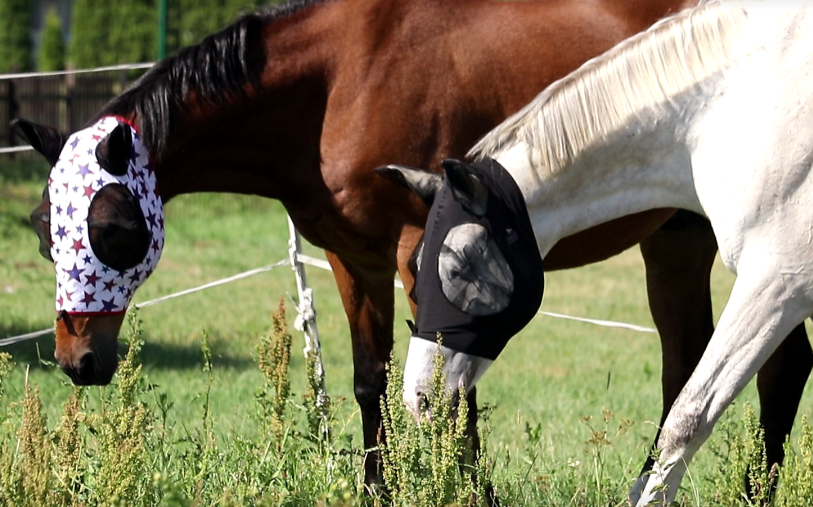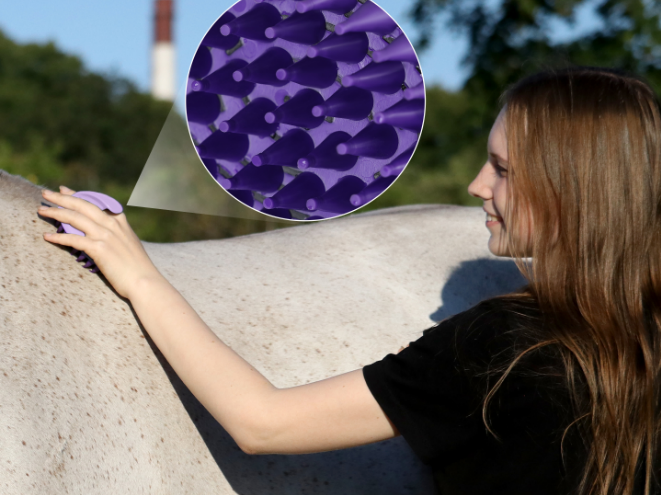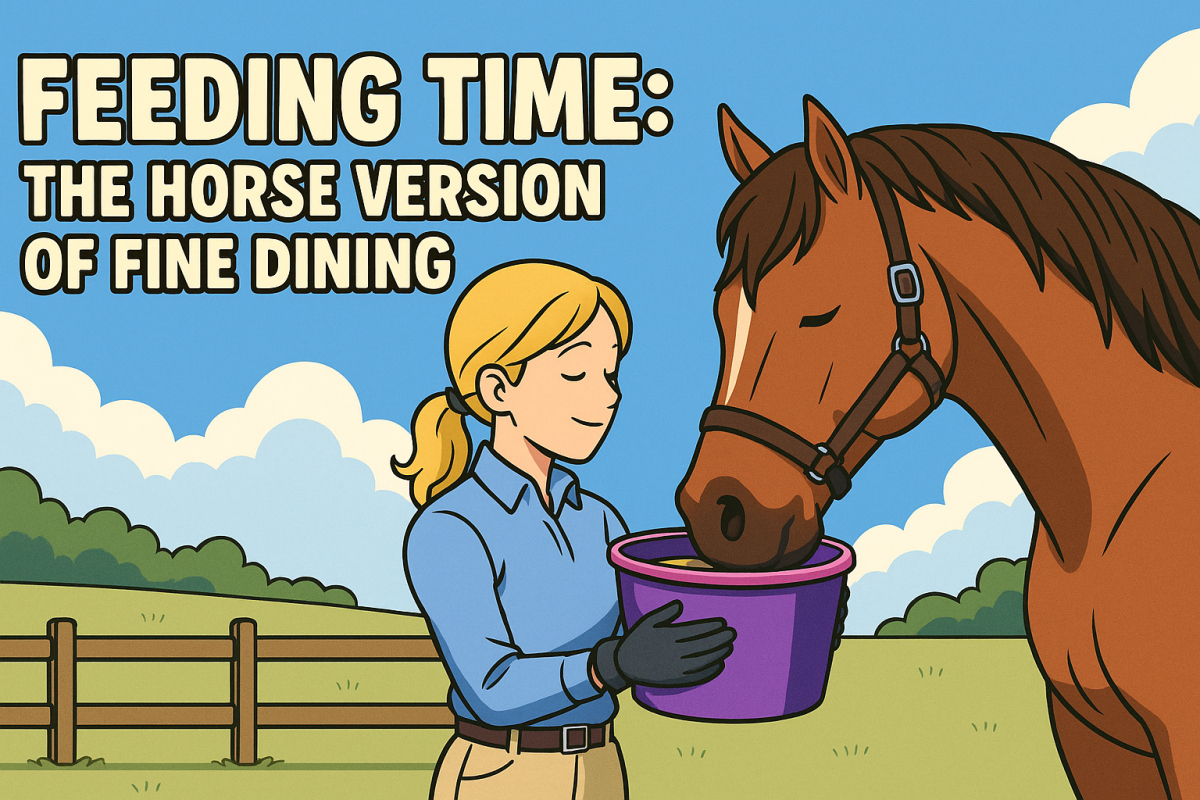If horses could talk, they would probably complain about two things:
1️⃣ Flies
2️⃣ And how we expect their legs to do Olympic-level gymnastics barefoot and unsupported.
Think about it: those legs carry 1,000 pounds of horsepower over jumps, through tight turns, across trails, and occasionally into dramatic pasture sprints for absolutely no reason. They’re brilliant, complex—and, let’s be honest—just a little bit fragile.
Fun fact: horses were designed to run from danger, not perform flying lead changes or jump 2’9 oxers because it looks pretty on Instagram.
And yet, here we are.
So we do what good horse people do—
We protect, support, and wrap those precious legs like they are the national treasures they are.
Wrapping Legs Isn’t Just About Injury—It’s About Prevention
You don’t wait for the wheel to fall off your car before checking the tires, right?
Same logic applies here.
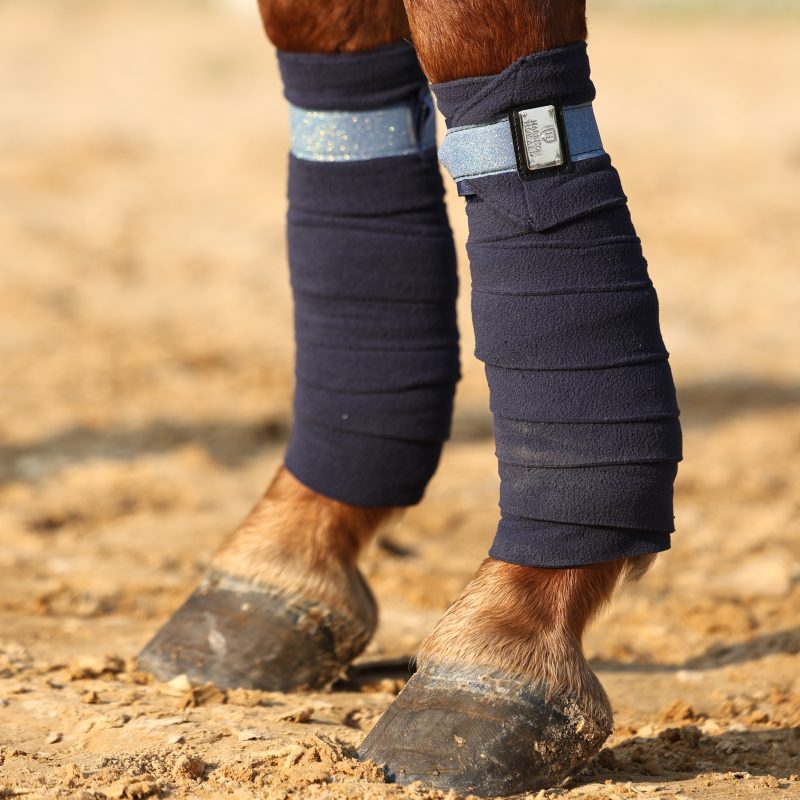
Proper leg wraps help with:
🔹 Support during training, flatwork, and jumping
🔹 Maintaining healthy blood flow
🔹 Protection from knocks, brushes, and light swelling
🔹 Keeping your horse warm, stable, and comfortable (even when they’re being dramatic)
And for that, soft, breathable polo wraps are a barn favorite. They contour to the leg, stay snug without squeezing, and help maintain circulation—especially useful for horses with sensitive legs, or those with more “enthusiastic” movement styles.
The adjustable closure makes them easy to wrap (even for those of us who watched four YouTube tutorials first), and the flannel fleece fabric adds just the right amount of cushioning. Lightweight, breathable, warm, and washable—aka, barn-proof.
Whether used alone, layered with pads, or teamed up with boots, they’re the kind of everyday protection that quietly prevents big problems.
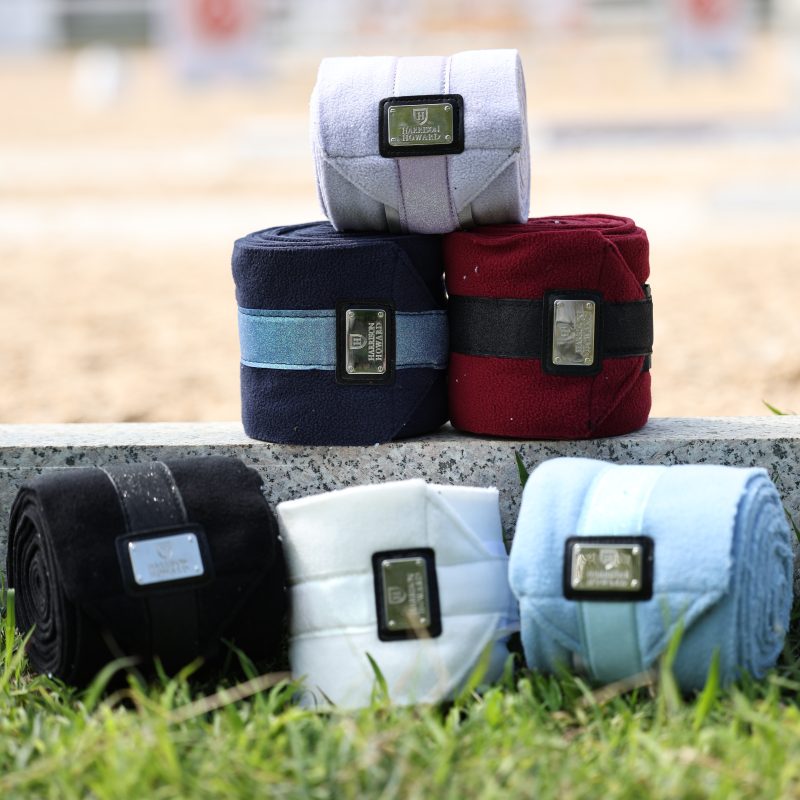
Because a Horse Can’t Say “My Fetlock Feels Weird Today”
But we can learn to listen before it speaks too loudly.
A small wrap today keeps the vet (and your wallet) away tomorrow.



